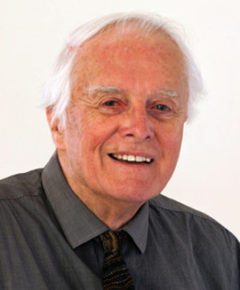To the best of my recollections I initiated the ACT group as an extension of the NSW group which was an offshoot of the Standards Association in Harrington St. Sydney. There was also a group in Melbourne but Australian distances in those days were much bigger than they are now and communications were largely by snail mail or telephone/fax..
We had meetings in various places, ANU and member’s houses to discuss the laws of patenting, design registration , trademarks etc.
Membership numbers were small which was quite common among Canberra societies, having a population of only around 30-40,000 at that time. Television was a fierce competitor, particularly in the Canberra winters and attendances were rather sparse.
At the time of writing I could not see a Canberra listing in the phone book or a reference in the Internet, but IAA groups seem to be working in Vic, SA, WA, Qld. but not Sydney.
I recall devising an alternative protective mechanism for safeguarding a potential design concept from plagiarism by potential manufacturers. There is an enormous and hazardous gulf between having a good, workable idea and getting a manufacturer to say “yes – he would manufacture it”. In order to bridge that gap it has to be explained so that the manufacturer can understand to the point of saying Yes and by then the secrets of the invention have been revealed and can be pirated. The power of the idea has now been transferred and an unscrupulous manufacturer can take advantage of that.
Supposing however, that the designer had a certificate from the government which said, in effect, that this idea now has the backing of the government, implying that if it came to a case of plagiarism the manufacturer would be stealing from the government then the power has shifted back to the government acting as backstop to the inventor. Such a system would be very cheap to establish – far less than the tedious and expensive patenting system and should have the effect of making a manufacturer think twice before copying. Such situations would be most unlikely to turn into court cases and when successful in the market place a royalty could be paid to the government as “Protection money” which would still be cheaper than a patent.
I recall sending a letter to this effect to the Commissioner of Patents – Karl Petersen at that time, but he rather curtly said “It wouldn’t work…..” but didn’t elaborate. Nobody has yet been able to provide a cogent proof of that.
Anyway, I had other things demanding my full attention and the IAAACT died of apathy.

